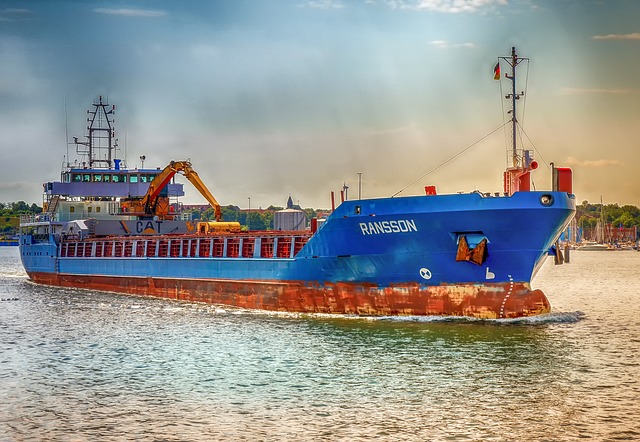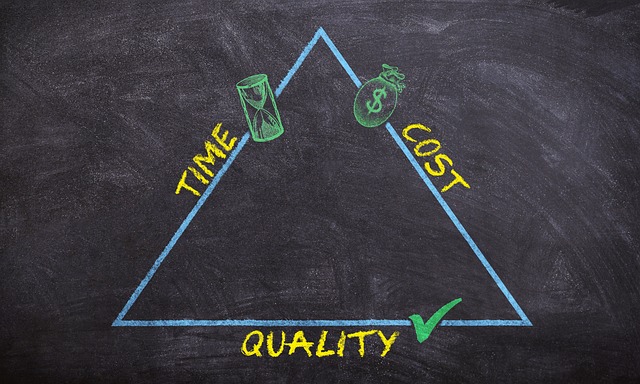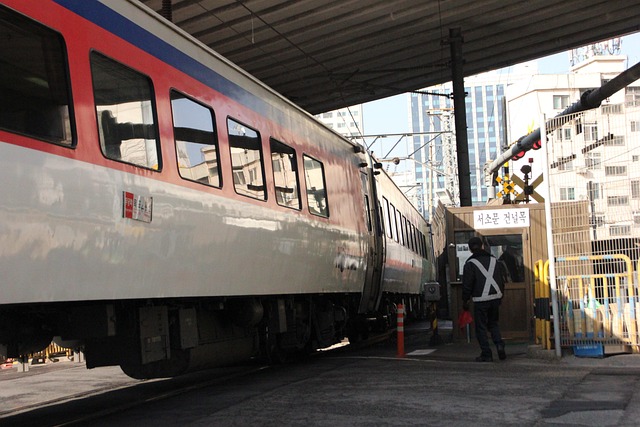Before shipping a vehicle across country, research variable rates based on type, size, distance, and weight. Conduct pre-transport inspections and prepare your car to reduce costs and enhance safety. Choose between open-load or enclosed transport methods based on budget and vehicle condition. Compare multiple companies' quotes, review their insurance, and inquire about fees to select the best shipping method for your needs and save on shipping a vehicle cost.
Shipping a vehicle across the country can be a complex process, but with the right preparation and knowledge, it becomes manageable. This article guides you through understanding the varying shipping costs, preparing your vehicle for transit, and selecting the most suitable method and company to ensure a smooth journey. From estimating expenses to choosing between carrier types, we cover everything you need to know about navigating this process efficiently, focusing on minimizing the shipping a vehicle cost.
- Understanding the Costs Involved in Vehicle Shipping
- Preparing Your Vehicle for Transit
- Choosing the Right Shipping Method and Company
Understanding the Costs Involved in Vehicle Shipping

Shipping a vehicle across the country involves more than just finding a carrier; understanding the associated costs is crucial before you begin. The shipping price for a vehicle largely depends on several factors, such as the type and size of the vehicle, distance traveled, weight, and whether you opt for a specialized or standard transport service.
For instance, small cars typically cost less to ship than larger SUVs or trucks due to their lower weight and size. Additionally, prices can fluctuate based on seasonal demand; shipping during peak seasons often results in higher rates. It’s also important to note that extra fees may apply for specialized transportation needs, such as classic or antique vehicles, which require more careful handling and specific equipment.
Preparing Your Vehicle for Transit

Before transporting your vehicle across the country, it’s crucial to prepare it for the journey ahead. Start by conducting a thorough inspection to identify any existing damage or wear and tear. Fix or address these issues to ensure your car is in optimal condition. This step is essential as it can impact both the shipping cost and the overall safety during transit.
Consider decluttering and lightening the load inside your vehicle. Remove loose items, spare tires, and personal belongings that are not necessary for the trip. Less weight means lower shipping costs and reduced risk of damage. Additionally, ensure all fluids are at the appropriate levels, and the tire pressure is correctly inflated to maintain optimal performance during transit.
Choosing the Right Shipping Method and Company

Choosing the right shipping method is crucial when it comes to transporting your vehicle across the country, as it significantly impacts both the shipping cost and the overall experience. The primary options are open-load or enclosed transport. Open-load shipping is typically less expensive but exposes your vehicle to weather and potential damage from debris during transit. Enclosed transport offers better protection at a higher price point, making it ideal for high-end vehicles or those in fragile conditions.
When selecting a shipping company, consider factors such as experience, reputation, insurance coverage, and customer reviews. Researching and comparing quotes from multiple companies will help you find the best balance between cost and service quality. Remember to inquire about hidden fees and understand what’s covered under their insurance policy to ensure a smooth and stress-free vehicle shipping experience.
Shipping a vehicle across the country can be a complex process, but with careful preparation and the right choices, you can ensure a smooth journey. By understanding the various costs involved, preparing your vehicle for transit, and selecting the best shipping method and company, you’ll be well on your way to a successful cross-country transport experience. Remember, thorough planning is key to avoiding unexpected issues and ensuring your vehicle arrives safely and efficiently.
